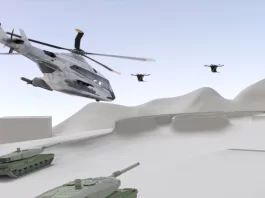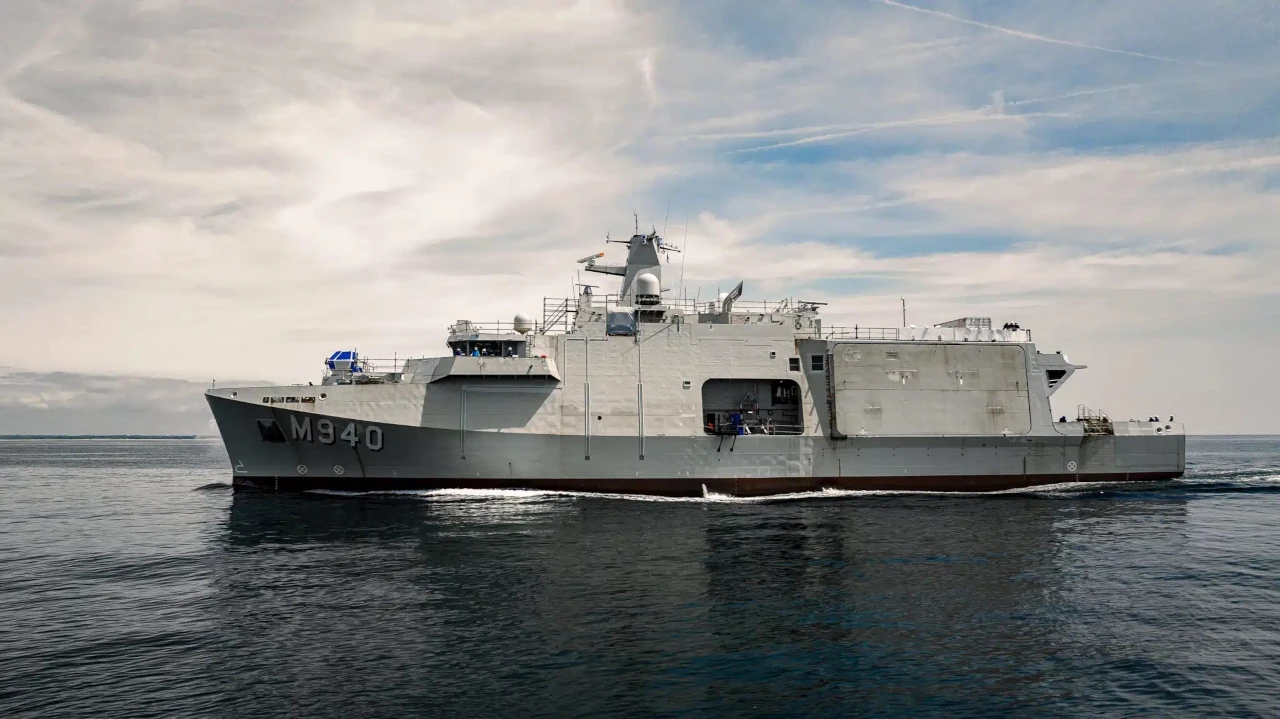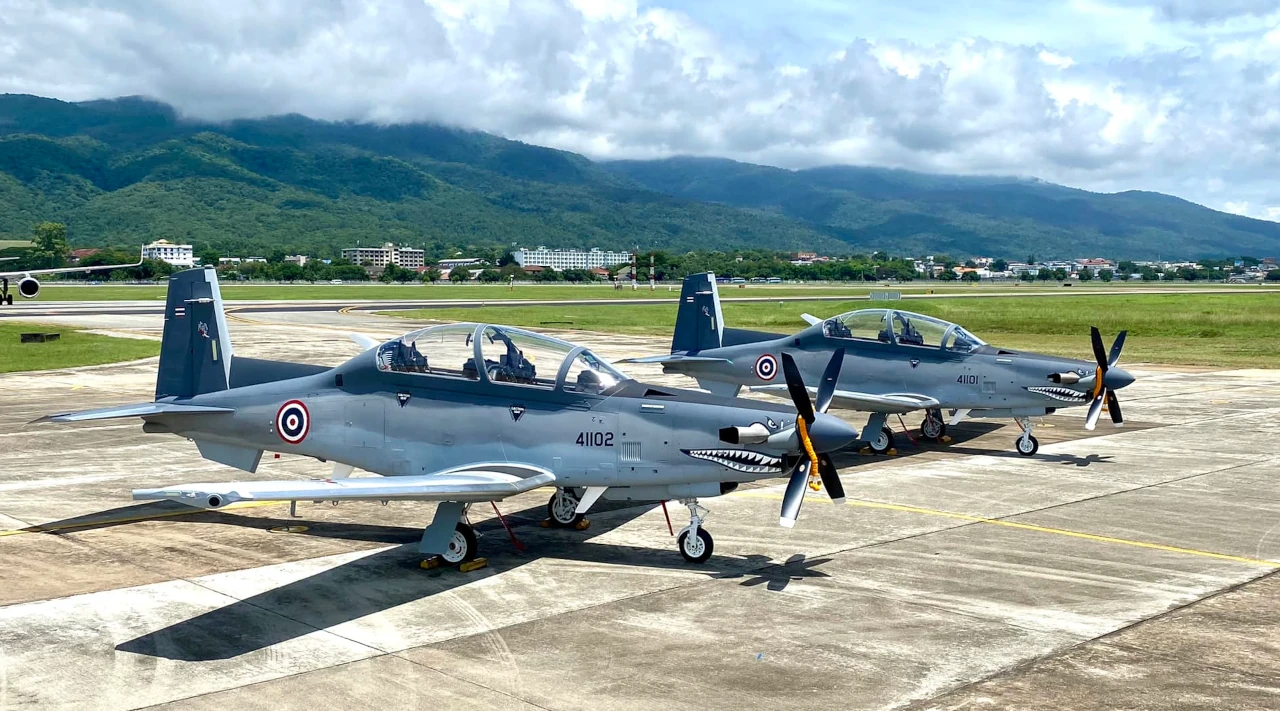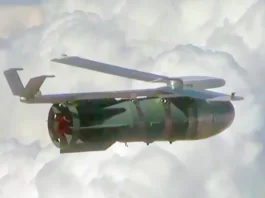In November, Sweden confirmed that it would not participate in the “Global Combat Air Programme” (GCAP), of which it had been admitted as an observer. Specifically, it signed a memorandum of understanding with the United Kingdom in 2019 to examine “joint development opportunities” in combat aviation.
At the time, London sought to rally partners around its sixth-generation combat aircraft program, “Tempest,” unveiled a year earlier. Since then, Italy and Japan have joined this project. The Swedish decision is undoubtedly linked to industrial issues. “Our involvement has not been as intense as we initially thought,” said Saab’s CEO Micael Johansson in August 2022.
After withdrawing from GCAP, Sweden could have considered joining the Future Combat Air System (SCAF), a programme led by France, Germany, and Spain. But, with good reason, Stockholm intends to go alone.
While Airbus CEO Guillaume Faury recently advocated for a merger of the SCAF and GCAP programmes to “avoid repeating past mistakes” when “resources were divided among three competing aircraft” including Rafale, Gripen and Eurofighter, the Swedish Defence Materiel Administration (FMV) has recently awarded contracts to Saab and British equipment manufacturer GKN Aerospace to conduct concept study on the future combat aviation capability within the Vägval Stridsflyg (Combat Aviation Roadmap) program. The studies include both manned and unmanned systems.
“The aim is to provide a basis for a decision on the future of combat aviation after 2040,” the FMV said in a statement released on March 22.
As per the FMV website, the Vägval Stridsflyg program includes knowledge-building initiatives at the Swedish Armed Forces, the Swedish Defence Materiel Administration, and the Swedish Defence Research Agency, which will begin in the run-up to 2025. This includes leading, analysing, and evaluating operations, performing studies and system concepts, and creating a comprehensive requirements framework. Furthermore, the operations seek to ensure national industry capacity and competence through research, technological development, and preparations for ground-based and airborne demonstrators.
For its part, Saab specified that it will conduct “conceptual studies of manned and unmanned solutions from a systems perspective.”
In this sense, Sweden is not starting from scratch: besides the knowledge gained with the JAS-39 Gripen, Saab took part in the nEUROn combat drone programme, which Dassault Aviation designed. This certainly helps build a connection with SCAF if Stockholm decides to begin its own sixth-generation combat aircraft project.
“Saab is in a strong position and, having recently developed the Gripen E and the GlobalEye, we have the cutting-edge technology and engineering expertise needed to advance the concept of the future combat aircraft,” said Lars Tossman, director of Saab’s aerospace division.
Furthermore, Saab plans to form collaborations around new and disruptive technologies that will play an important role in future combat aircraft systems. It intends to rely on the “Swedish Government’s Defence Innovation Initiative” and the “NATO Defence Innovation Accelerator.”
In addition to those studies, GKN has signed a new cooperation agreement with Saab to strengthen their collaboration on developing innovative solutions in various fields, including next-generation combat aircraft systems. GKN Aerospace will open a new office in Linköping as part of the agreement.






